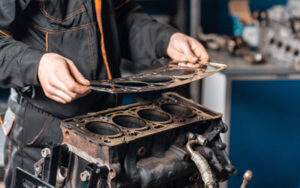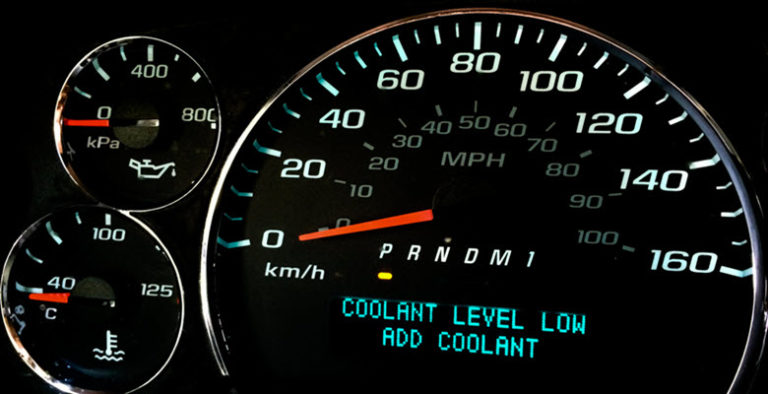Jaguars are the perfect car for those who revel in both business and pleasure, adding exciting sporting details to sleek interior refinement. It is no wonder why these vehicles are so popular with those wanting to take a drive on the wild side. However, one thing which will completely ruin the experience is coolant leaking from your Jaguar.
Coolant leaks, while maybe easy to ignore, certainly shouldn’t be. Coolant leaks can completely ruin your drive. Leaks can even contribute to severe or even irreparable engine damage. Therefore, in this article, we will explore the purpose and importance of coolant, how to diagnose a coolant leak, and where to go for expert help to resolve the issue.
The Importance of Coolant
Coolant can also be called antifreeze. For safety reasons, it is most often dyed pink or green and has a sweet smell. While some brands will add extra ingredients, typically, coolant is a combination of alcohol and distilled water. Its main role is to cool your engine by absorbing heat. It does this by regularly circulating through the engine, being cooled down after each cycle by the radiator. Because it contains alcohol, it is also immune to freezing; hence, the name: antifreeze. This means the coolant won’t freeze inside your engine even in the coldest months.
Detecting a Coolant Leak
If you notice your Jaguar is leaking a substance, your next step is to figure out what fluid is escaping your car. Transmission fluid, engine oil, power steering fluid, and brake fluid will all need to be ruled out. To work out what is leaking, place a piece of cardboard under your Jaguar overnight. In the morning, study the leak and use its appearance, color, and scent to work out the type of leak you are dealing with.
Why Coolant Leaks Happen
Unlike other types of parts failure, there are only 2 main causes of coolant leak. Being aware of these will help you to be more clued up on the issue your car is facing and how to go about making repairs.
1. Holes or Cracks in the Radiator
Cracks or holes or other types of wear in your radiator can allow coolant to leak from the system. Remember, the coolant passes through the radiator to be cooled down each time it circulates. So, if there is a hole, each time it makes a loop more and more coolant will be lost. Damage to the radiator can occur for several reasons, such as poor maintenance, age, time, and use as well as bumps, impacts, and debris from the road, as it is found just behind the grill of your Jaguar.
2. Head Gasket Faults
Coolant leaks which are internal will likely show no external signs, which is why monitoring your coolant and oil levels weekly is essential. This type of leak is most commonly caused by faults in the head gasket. The head gasket is what keeps the oil system and the coolant system separate. The head gasket also maintains pressure within both systems, allowing circulation to be easier. If the head gasket fails, then coolant can escape its system and will often seep into the cylinders or the crankcase, where it can mix with the engine oil, contaminating it or potentially contributing to engine damage. If it comes into contact with the spark plugs, it will burn. This will result in white emissions coming from your Jaguar’s exhaust. The most common causes of head gasket failure are damage, poor maintenance, and overheating.
Fixing Coolant Leaks
Coolant leaks need to be handled in a swift and timely manner to prevent more serious damage or problems from happening. Most coolant related  issues can be entirely prevented by regular maintenance, which is why its vital that if your Jaguar hasn’t been seen by a professional in a while, you should bring it to our shop ASAP.
issues can be entirely prevented by regular maintenance, which is why its vital that if your Jaguar hasn’t been seen by a professional in a while, you should bring it to our shop ASAP.
Cerrone’s European of Redwood City, CA are specialists in imported European cars and are on hand to help with any issue your Jaguar might develop. We are dedicated to getting your car back on the road as soon as possible and performing better than ever. Call us today to schedule an appointment or stop by for a consultation. We look forward to earning your trust and performing future maintenance and servicing needs.

 Mon – Fri: 8:00 AM – 5:00 PM
Mon – Fri: 8:00 AM – 5:00 PM 2306 El Camino Real Redwood City, CA 94063
2306 El Camino Real Redwood City, CA 94063 (650) 365-4145
(650) 365-4145
